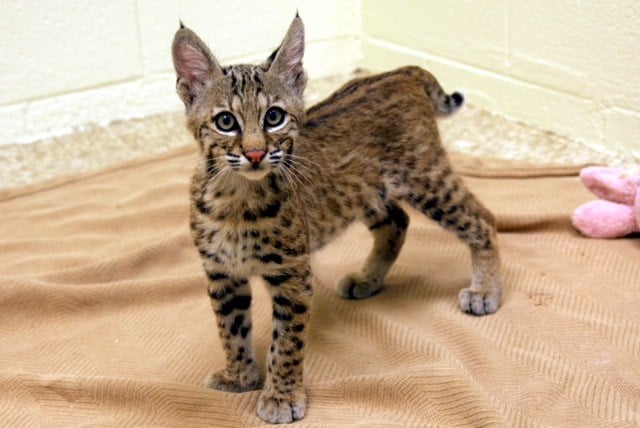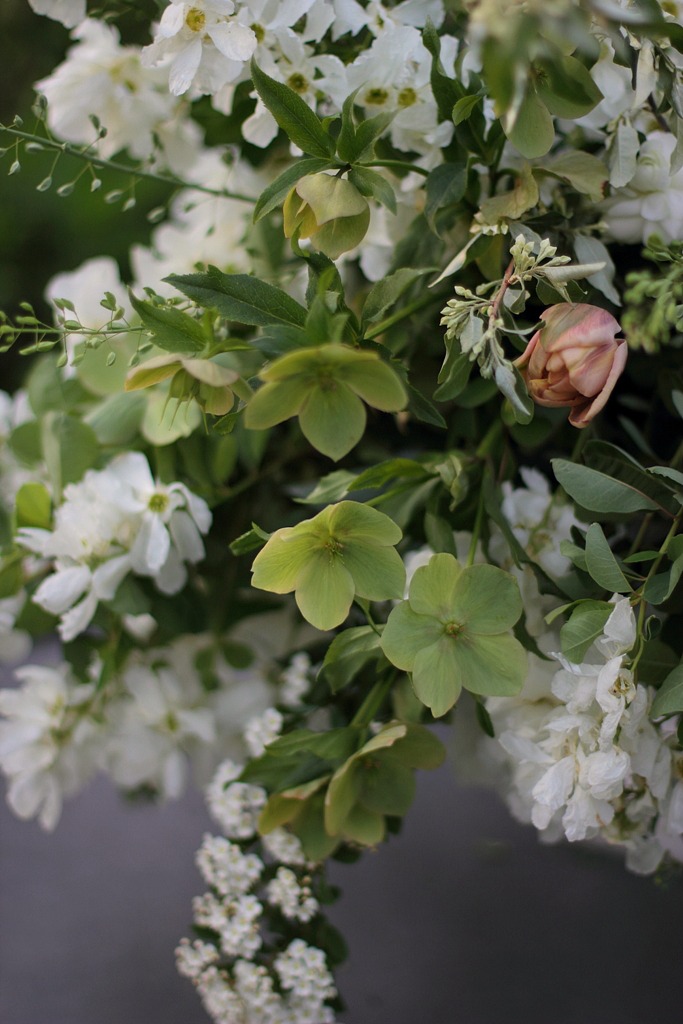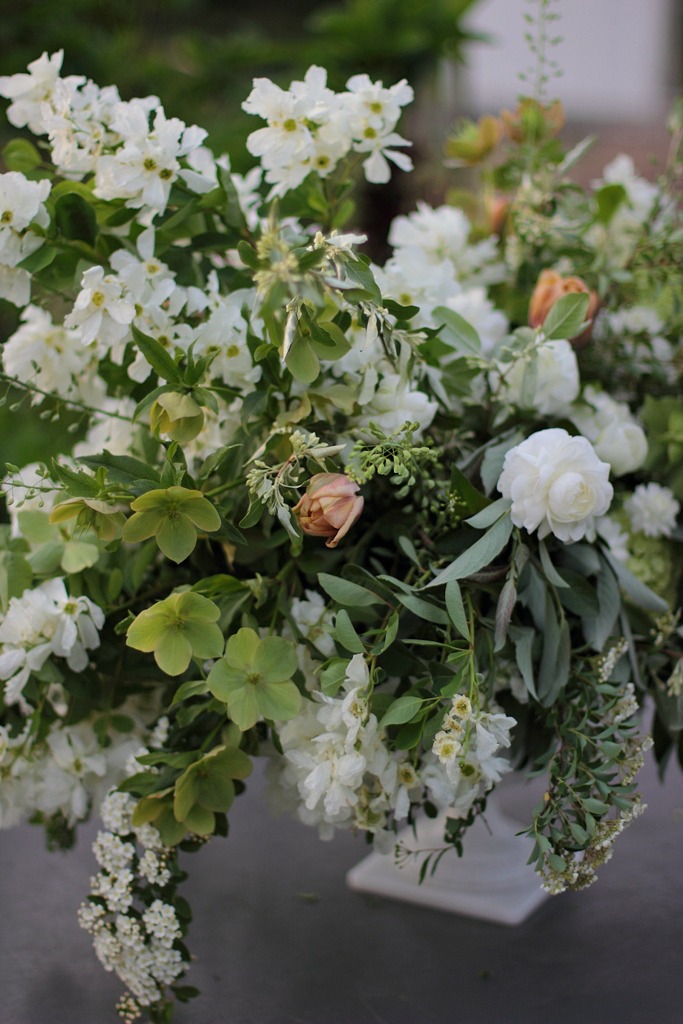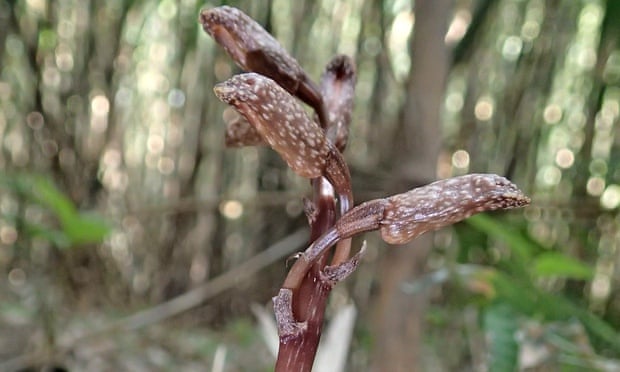There are several places around Atlanta where you can see live animals. How about trying something new?
 1.Hillcrest Orchards
1.Hillcrest Orchards – When you go apple picking this fall, head over to Hillcrest Orchards in Ellijay where your family can enjoy animals "gentle enough to be held and fed by hand" including chickens, cats, goats and deer. Your admission charge includes the petting farm, wagon rides and playgrounds. $8 per person.
2.Chestatee Wildlife Preserve & Zoo – Open seven days a week, Chestatee Wildlife Preserve & Zoo isn't your typical zoo. They have 10 pathways covering 25 acres where you can see animals including lions, tigers, zebras, elk, alligator and servals in natural enclosures. Adults, $10; children, $5.
3.Chattahoochee Nature Center – The animal sanctuary is the home to eagles, a beaver, opossums, snakes, turkeys, vulture and hawks among other species. Keepers frequently invite guests to watch feeding time and learn more about species at the Center. Adults, $10.00; students, $7.00; children, $6.00; children two years old and younger receive free admission.
4.Phinizy Center for Water Sciences – Plan a day trip to Augusta where your family can explore the scenic canal area and spend time communing with nature at the Center. Explore trails, boardwalks and bridges that all make ideal spots for viewing animals including birds, beavers, water moccasins and fish. The park is free to visit and open seven days a week.
5.Tanglewood Farm – Nestled into a space of land between Alpharetta, Woodstock, Milton and Cumming, Tanglewood Farms is a 10-acre Wild West Town filled with over 150 miniature, rare and heritage breed animals. $15.00 per person; infants under one-year old receive free admission.
6.Amicalola Deer Park – Just off 575 in Cherokee County, you'll find a family-friendly attraction unlike other animal-centric attractions. In addition to petting deer, Amicalola Deer Park invites you to hike on their trails, picnic, skip stones in the river and enjoy the great outdoors. Adults, $8.00; children over three years old, $5; children under three years old receive free admission.
7.Noah's Ark – Twenty minutes south of Atlanta you'll find an animal sanctuary that is home to 1,500 animals on 250 acres of mostly shaded land. A herd of emu? Check! A lion, tiger and bear living in the same enclosure in harmony? Check! No large admission fees? Check! There is no cost to visit Noah's Ark but donations are accepted and appreciated.
8.Yellow River Game Ranch – Near Stone Mountain Park, a mile long trail guides guests around the 24-acre facility where white-tailed deer, rabbits, buffalo, sheep, goats and black bears await your perusal at the family-friendly facility. Adults, $8.00; children ages 2-11, $7.00, children under two years old get free admission.
9.Wild Animal Safari – Just north of Callaway Gardens, Wild Animal Safari is a drive-thru animal park. Don't want to drive your car? Take a complementary bus tour that will take you on a tour of the grounds which features over 650 animals of over 65 different species. Adults, $21.95; children, $19.95.
10.The Rock Ranch – In addition to zip lines, a rock climbing wall, train rides, a carousel, tiny town, pedal boats and pedal cars, visitors to The Rock Ranch will find a petting zoo where adults and children can get up close with a donkey, miniature horse, pig and more. $15 per person.



















